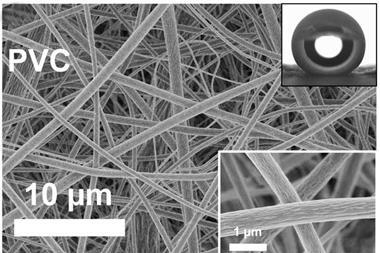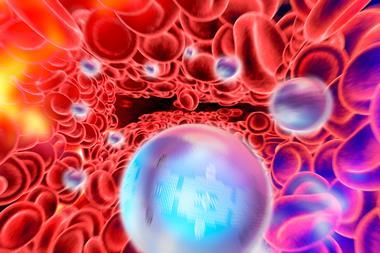French researchers have made the longest molecular machines that can be shrunk on demand in a collective motion that emulate muscle fibres.1Nicolas Giuseppone from the University of Strasbourg and his teammates linked together strings of around 3000 macromolecular daisy-chain rotaxane monomers that contract under basic conditions. The resulting polymer went from 15.8 µm to 9.4 µm, movement in the range of that produced by sarcomere proteins, the basic building blocks of muscle. That amplifies a single daisy-chain rotaxane’s contraction by nearly four orders of magnitude, Giuseppone tells Chemistry World. ‘This is a result long expected by the community, but it is the first example,’ he says. ‘We can expect numerous applications in nanotechnologies for the design of artificial muscles, micro-robots or developing new materials incorporating nanomachines endowed with novel multi-scale mechanical properties.’

Giuseppone’s team therefore turned away from covalent linkages, instead joining monomers through metal co-ordination. They attached three pyridine rings to the end of each chain, so that two such terpyridinyl terminal groups would come together to tightly grasp Fe2+ ions the researchers introduced. ‘This kind of association was known, but only to connect simple monomers,’ Giuseppone says. Bringing it to molecular machines took a synthetic ‘tour de force’, he adds, as making the monomers was a 13-step synthesis. The resulting polymers are also soluble, allowing co-author Erich Buhler’s team at University of Paris Diderot—Paris VII to study their structures in detail with neutron scattering.
Northwestern University’s Fraser Stoddart in the US says he welcomes this work as a step towards overcoming the barriers to delivering a new generation of complex artificial molecular machines that he outlined earlier this year.2 He says it brings the field ‘closer to the dream of materials that employ concerted motions of countless molecular machines to deliver work against a load on the macroscopic scale, as do the muscles in our own bodies.’







No comments yet